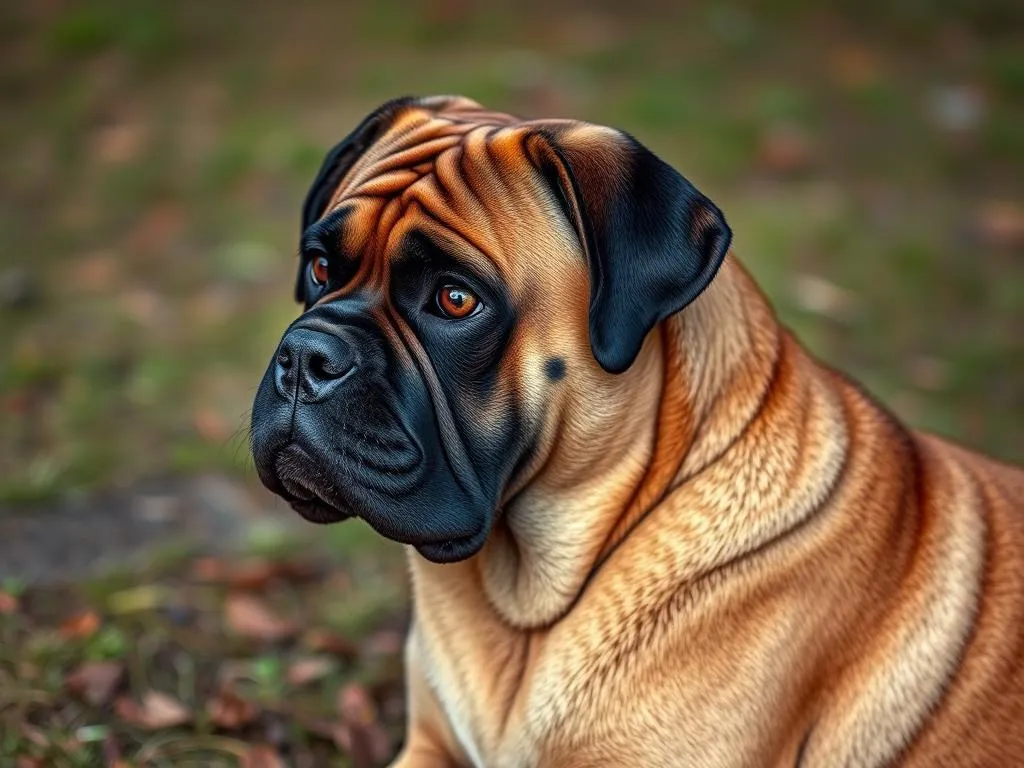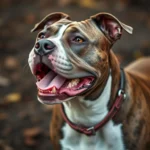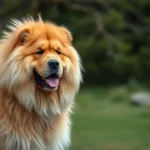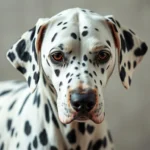
Introduction
When it comes to selecting a dog breed, understanding the unique characteristics of different breeds is essential. Among the many breeds that stand out, the English Mastiff holds a prominent place. Known for their impressive size and gentle temperament, these dogs have captured the hearts of many dog lovers. This article delves into fascinating English Mastiff facts that highlight their history, characteristics, behavior, and care needs, ensuring prospective owners are well-informed.
History of the English Mastiff
Origins
The English Mastiff has a rich history that traces back thousands of years. These majestic dogs are believed to have descended from ancient large dog breeds, such as the Molossus, which were utilized by civilizations like the Romans and Greeks. They were revered as war dogs and companions, showcasing their strength and loyalty in various roles throughout history.
Role in Society
Historically, the English Mastiff served multiple purposes. In ancient times, they were often used as guard dogs, protecting homes and livestock. Their impressive size made them intimidating to intruders, while their gentle nature made them excellent companions for families. Over time, the breed evolved, transitioning from a working dog to a beloved family pet, showcasing their adaptability and loyalty.
Recognition and Standardization
The journey of the English Mastiff toward recognition began in earnest during the 19th century. The breed was officially recognized by the American Kennel Club (AKC) in 1885, marking a significant milestone in the standardization of the breed. Since then, various kennel clubs worldwide have acknowledged the English Mastiff, solidifying its status as a cherished breed.
Physical Characteristics
Size and Weight
One of the most striking features of the English Mastiff is its size. Males typically weigh between 160-230 pounds, while females range from 120-170 pounds. In terms of height, males stand between 30-36 inches, and females are slightly shorter, measuring around 27-32 inches. Their substantial build and powerful presence make them one of the largest dog breeds in existence.
Coat and Color
The coat of the English Mastiff is short, dense, and weather-resistant, providing insulation against various climates. Common color variations include fawn, brindle, and apricot, each offering a unique look. Fawn-colored English Mastiffs are characterized by a yellow-gold hue, while brindle coats feature a mix of dark stripes against a lighter background, showcasing their striking appearance.
Distinctive Features
The English Mastiff is known for several distinctive features, such as its large head, deep chest, and loose skin, which forms wrinkles, especially around the face. These physical traits not only contribute to their regal appearance but also play a role in identifying the breed. Their expressive eyes and gentle demeanor further enhance their charm.
Temperament and Behavior
General Temperament
The English Mastiff is often described as gentle, affectionate, and protective. Despite their imposing size, they have a calm and laid-back personality, making them excellent companions. They are loyal to their families and form strong bonds with their owners, often displaying a sweet and loving nature.
Socialization Needs
Early socialization is crucial for English Mastiffs to develop well-rounded temperaments. Exposing them to various experiences, people, and animals during their formative months helps reduce any potential shyness or aggression. They generally get along well with children and other pets, making them suitable family dogs.
Training Requirements
Training an English Mastiff requires patience and consistency. Positive reinforcement techniques work best, as these dogs respond well to rewards and praise. Common behavioral concerns include stubbornness or a tendency to be aloof. Addressing these issues early through proper training can lead to a well-behaved companion.
Health and Lifespan
Common Health Issues
Like many large breeds, the English Mastiff is prone to certain health conditions. Common issues include hip and elbow dysplasia, heart problems, and bloat, which can be life-threatening. Regular veterinary check-ups are essential to monitor their health and catch any potential issues early.
Preventative Care
Preventative care plays a vital role in maintaining the health of an English Mastiff. This includes regular vaccinations, a balanced diet, and routine exercise. Owners should also be vigilant about their dog’s weight, as obesity can exacerbate health issues in large breeds.
Lifespan Expectations
The average lifespan of the English Mastiff is around 6 to 12 years. While this may seem relatively short, factors such as genetics, diet, and overall care can influence longevity. Providing a healthy lifestyle can help maximize their lifespan and improve their quality of life.
Care and Maintenance
Dietary Needs
An English Mastiff requires a high-quality diet to support its size and energy levels. Owners should feed them premium dog food specifically formulated for large breeds, ensuring it meets their nutritional needs. Portion control is crucial to prevent obesity, and feeding schedules should be consistent.
Exercise Requirements
Despite their large size, English Mastiffs are not overly active. They require moderate daily exercise, such as short walks and playtime. Mental stimulation is equally important; engaging them in interactive games can help keep their minds sharp and prevent boredom.
Grooming Tips
Grooming an English Mastiff is relatively simple due to their short coat. Regular brushing helps remove loose hair and keeps their skin healthy. It’s essential to pay attention to their wrinkles, as dirt and moisture can accumulate, leading to skin issues. Regular cleaning and drying of these areas are crucial for maintaining their hygiene.
Living with an English Mastiff
Ideal Living Environment
English Mastiffs thrive in spacious environments, making homes with yards ideal. While they can adapt to apartment living, their size requires ample space to move comfortably. Ensuring they have room to stretch out and play is vital for their well-being.
Family Compatibility
As gentle giants, English Mastiffs fit seamlessly into family life. They are known for their patience with children and can be protective of their loved ones. However, potential owners should consider the breed’s size, as they can unintentionally knock over small children during play.
Cost of Ownership
Owning an English Mastiff comes with various costs. Initial expenses can include purchase price, supplies, and vaccinations. Ongoing costs like food, vet care, and grooming should also be factored into the budget. It’s essential to prepare for these expenses to ensure a happy and healthy life for your dog.
Frequently Asked Questions (FAQs)
What is the average weight of an English Mastiff?
Males typically weigh between 160-230 pounds, while females range from 120-170 pounds.
Are English Mastiffs good with children?
Yes, they are generally very gentle and protective, making them excellent companions for families.
How often should I groom my English Mastiff?
Due to their short coat, grooming once a week is usually sufficient to keep their coat healthy.
What health issues are common in English Mastiffs?
Common health issues include hip dysplasia, bloat, and heart problems.
How much exercise do English Mastiffs need?
They require moderate exercise, such as short walks and playtime, along with mental stimulation.
Conclusion
The English Mastiff is a breed that embodies both strength and gentleness, making them a wonderful addition to many families. With their rich history, impressive physical characteristics, and loving temperament, they are truly unique. Understanding the comprehensive English Mastiff facts covered in this article can help potential owners appreciate this breed’s needs and characteristics. Responsible pet ownership ensures that these magnificent dogs thrive and become cherished members of the family.









